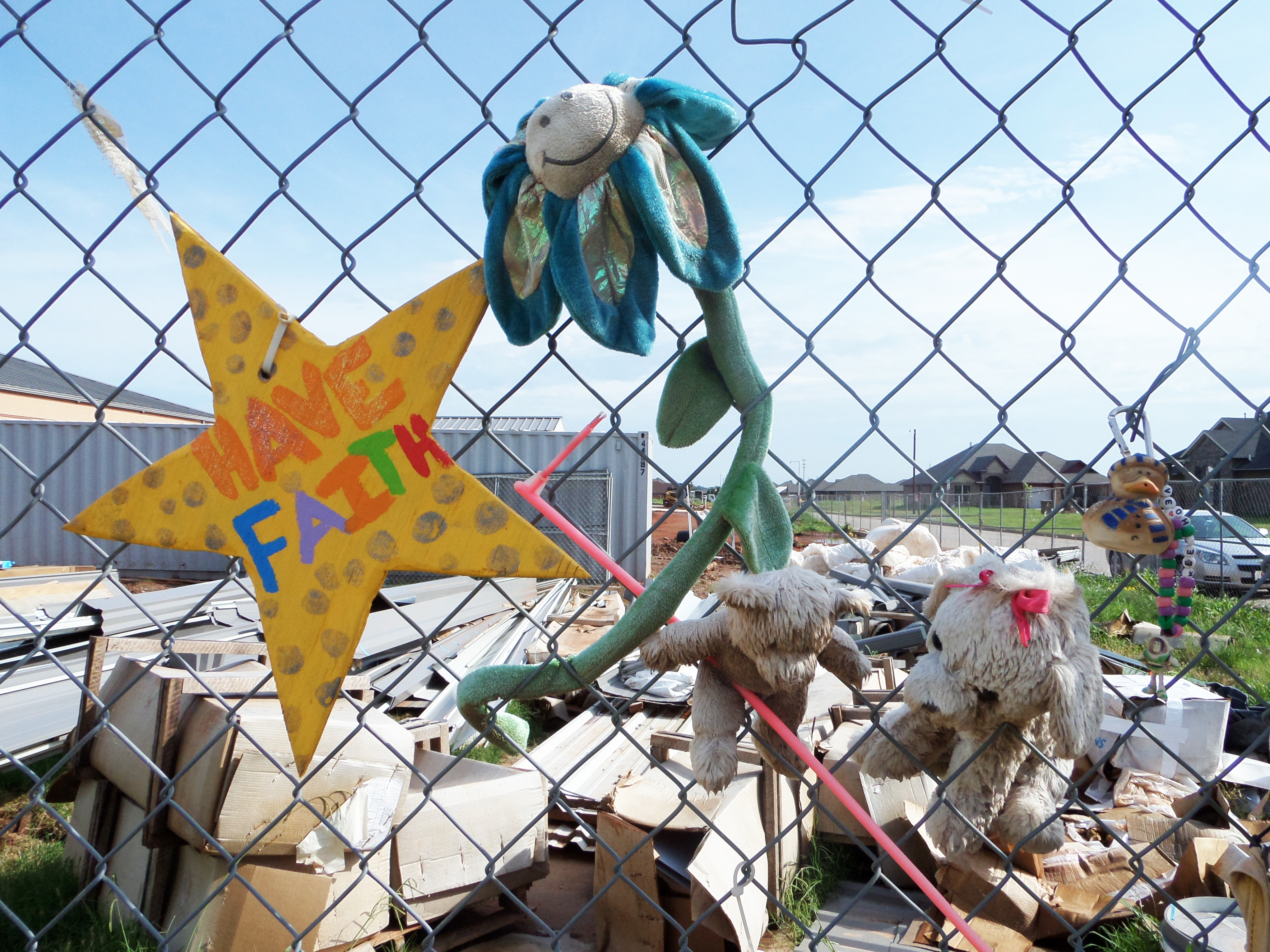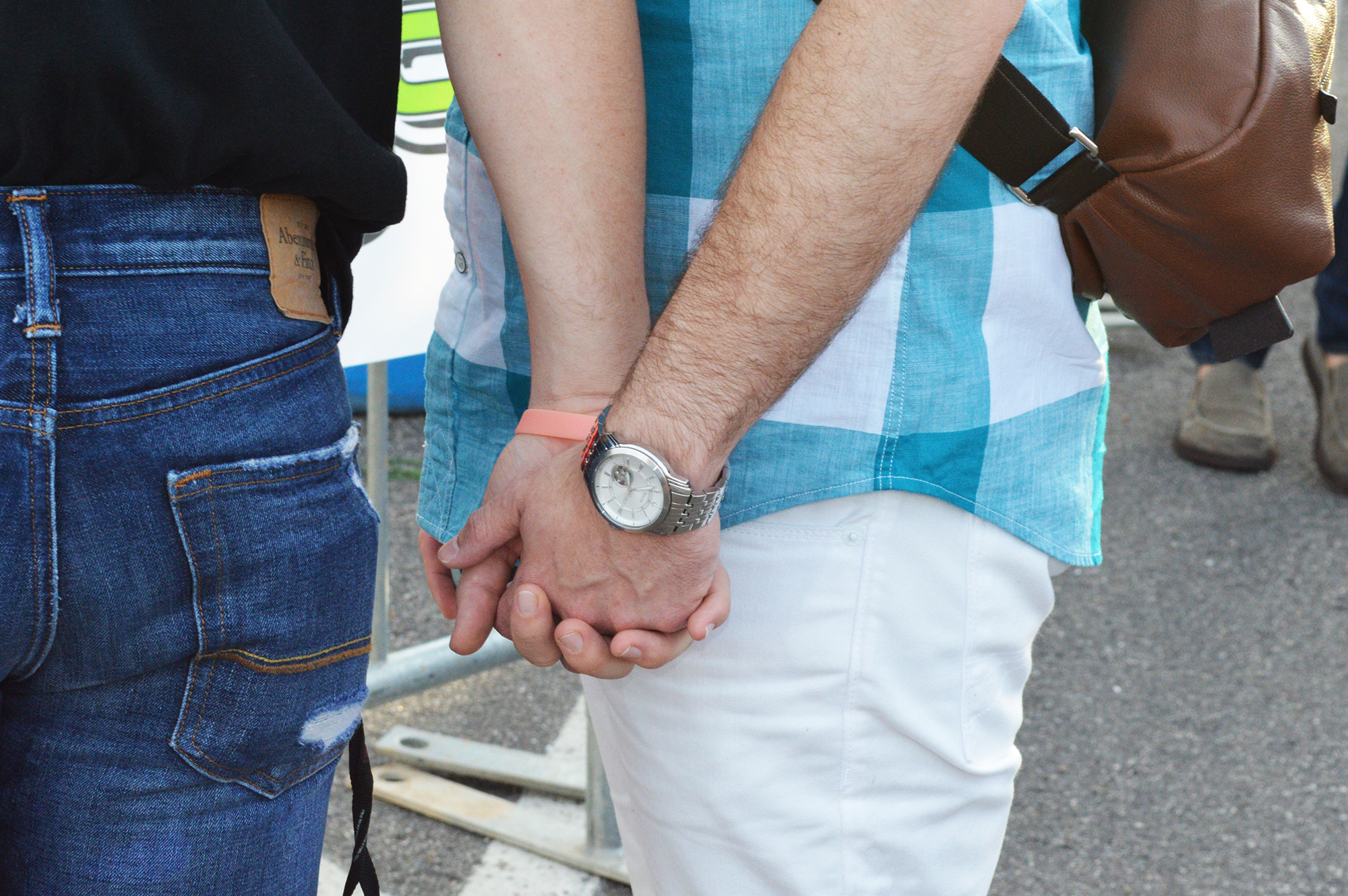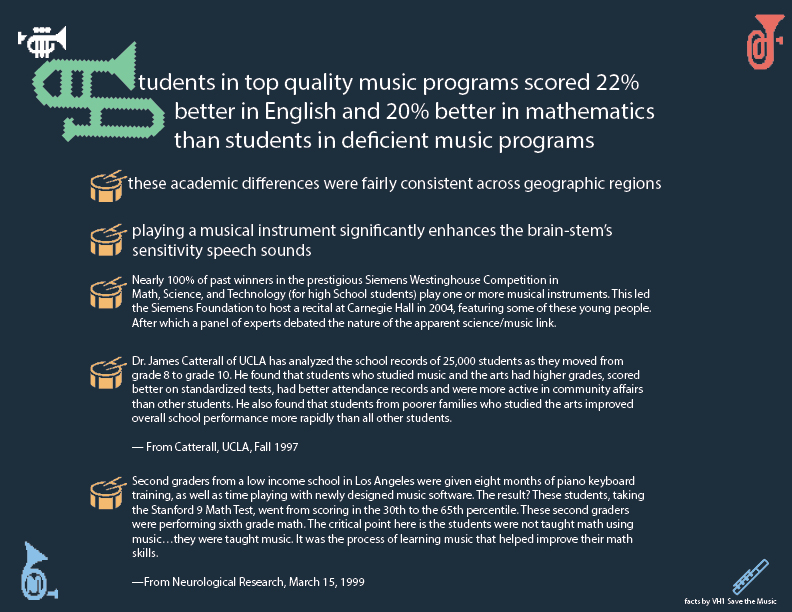by Maria Chaves
Gwen Sommer started drinking coffee in the fifth grade.
By the time Sommer was 18, she was bringing coffee to school and drinking sodas during the day. Sometimes, she added an energy drink for a boost.
She needed her caffeine fix.
“When I wouldn’t have it, I felt like I needed it,” Sommer said. “I used to get crazy withdrawals.”
She wasn’t alone in her caffeine dependency. The number of teens consuming caffeine has tripled since the 1970s, according to an American Dietetic Association study. (http://www.psychologytoday.com/blog/teen-angst/201305/over-caffeinated-teens)
Caffeine is the most consumed legal psychoactive stimulant in the world, according to an article in the journal “Drug and Alcohol Dependence.”
Up to 90 percent of the world’s population consumes caffeine, usually through beverages, according to Brown University. Soda, coffee, energy drinks and tea are the most-recognized drinks that contain caffeine, concludes that 90 percent
Why caffeine?
Teenagers are attacked to the instantaneous effects of consuming a caffeinated drink. Increased energy, instant concentration, and a speedy pick-me-up on the go are some of caffeine’s benefits.
“I usually work until very late and would need coffee or tea to keep me alert throughout my job,” Sommer said.
But when the buzz wears off, it can hit teenagers hard. Besides crashing from the high, teens can experience lack of sleep, heightened anxiety, jitteriness and an increased heart rate.
Caffeine also is addictive.
“Anything that your body enjoys tasting or feeling, [you’re] going to want as much as [you] can get,” said Sam Pinson, 17.
Sugar in these drinks also adds to their appeal. Combined with caffeine, sugar makes the coffee and energy drinks taste better for those who don’t enjoy the original flavor.
“I only really drink it for the taste, not for the caffeine,” Pinson said.
Starbucks has surpassed the shopping mall as a teen hangout. Teens are opting to spend their money on food instead of clothes, seeking a more experience-based interaction with their friends, according to a 2014 study conducted by investment banking firm PiperJaffray.
This trend also coincides with the way coffee and energy drink brands market their products to young consumers by using sporting events such as the Olympics and the FIFA World Cup. Teenagers become used to seeing soda brands and energy drinks sponsored by their favorite athletes and celebrities.
Makers of caffeinated drinks advertise their products to teens by showing other teens using the drinks while going to parties, attending concerts, going to the beach and participating in extreme sports.
These ads make drinking caffeine seem normal for teenagers.
“You don’t want to seem boring when hanging out with your friends, so you drink what they are drinking,” Sommer said.
“Psychology Today” recommends teens consume only 100 mg of caffeine a day. Adults can consume up to 300-400 mg a day – the equivalent of three to four cups. Healthier alternatives include tea and decaffeinated coffee, which has half the caffeine.
Sommer’s brother was placed on a heart monitor due to his everyday caffeine usage. This made her want to cut back on her caffeine dependence. She still uses caffeine but only in moderation after considering other alternatives.
“What I try to do in the morning is drink a cup of water and then decide if I need anything else,” Sommer said. “Usually a cup of Earl Grey tea, natural caffeine, does it for me.”





